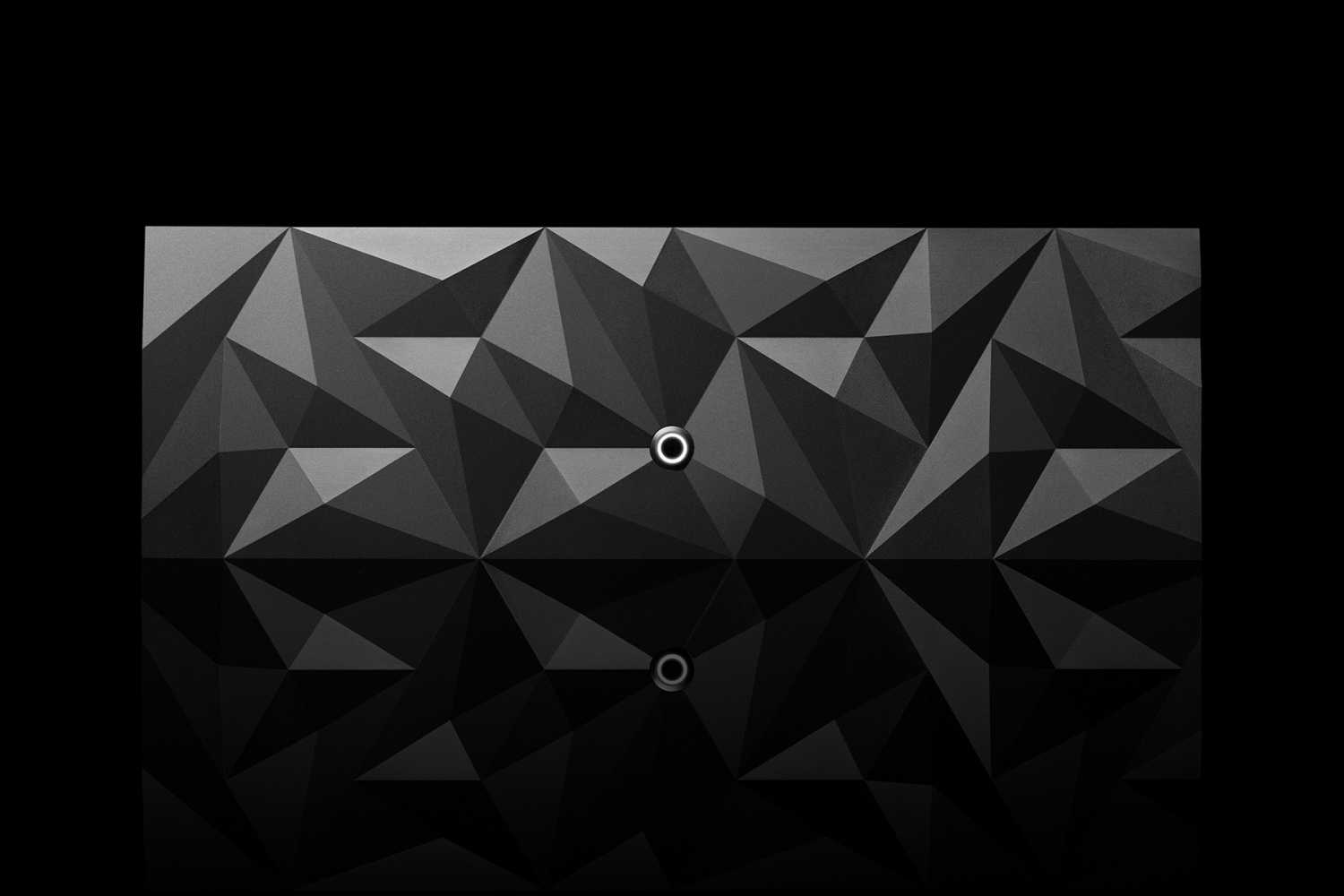PL+S 2018: Amadeus debuts spatialization processor
- Details

The Holophonix processor brings together several different spatialization techniques including Wave Field Synthesis, High-Order Ambisonics, Distance-Based Amplitude Panning, and more, enabling intuitive placement and movement of sources in a 2D and/or 3D space, says the company.
"Development of the Holophonox system is undoubtedly the most ambitious and the most exciting project we have initiated for a very a long time," comments Michel Deluc, Amadeus' R&D manager.
The new system allows the user to select and control a series of highly advanced 2D and 3D sound algorithms designed at IRCAM-based STMS Lab (Sciences et Technologies de la Musique et du Son), located in Paris, and supported by CNRS (National Center for Scientific Research), Sorbonne University, French Ministry of Culture and IRCAM (Institut de Recherche et de Coordination Acoustique/Musique).
"This project brings together a plurality of talents from the most prestigious French musical, theatrical, and scientific institutions - and their experience and knowledge are as rich as they are complementary," says Gaetan Byk, Amadeus' marketing manager. "Our long-term and close relationships with the teams at Paris-based IRCAM Institute, and their trust in Amadeus for almost 15 years, has inevitably led us to get closer to integrating into the Holophonix processor a large part of their technologies related to the spatialization of sound.
"We wanted to offer our future users a simple, intuitive and ergonomic tool, perfectly optimized considering the needs and demands in the theatrical, musical and performance fields. The cooperation of contributors from prestigious French institutions, among them, the first users and beta-testers of our spatial sound processor, was essential.”
Amadeus also collaborated with several top engineers from world-renowned institutions, including Jean-Marc Harel from La Gaîté Lyrique Theater, Marc Piera from Chaillot National Theater, Dominique Bataille and Samuel Maitre from the Théâtre du Vieux-Colombier - one of the three theaters of the world-famous Comédie-Française - and Dewi Seignard from Les Champs Libres Cultural Center in Rennes.
The Holophonix processor is housed in a 3U-height chassis, machined from aluminium and anodized. Its front panel is machined in three dimensions from an aluminium block, its style drawn from the aesthetic and technical aspects of Amadeus' audiophile Hi-Fi product development.
The hardware is fully redundant, comprising dual redundant power supply units and solid-state drives, for complete reliability. Holophonix is Dante-compatible and can integrate with standard commercial DAW software as well as Dante-enabled devices providing an added control layer.
"The technological gains offered by the Dante protocol and its widespread adoption by professionals led us to consider its implementation within our systems," says Michel Deluc.
“Besides its standard Dante compatibility, the system can also be configured on request for MADI, RAVENNA, or AES67 formats."
The processor is structured around a powerful multichannel algorithmic reverberation engine. It allows users to combine several different artificial reverberations, homogeneously combining sound materials and fine-tuning the perceived sound depth. Reflection calculators allow the user to create several virtual sound spaces. High spatial resolution impulse responses can also be inserted in the convolution engine, in order to re-compose acoustics.
The Holophonix processor also works with show control software and many popular DAWs that are compatible with the Open Sound Control (OSC) protocol - including Ableton Live, Cubase, Digital Performer, IanniX, Logic Pro, Mandrin, Max, Nuendo, PureData, Pyramix, QLab, Reaktor, REAPER, Reason, Traktor-allowing composers to add a control layer to existing software, hardware or network systems used for original in-situ creations, such as installations or performances involving graphic, video and/or sound content.
(Jim Evans)
















